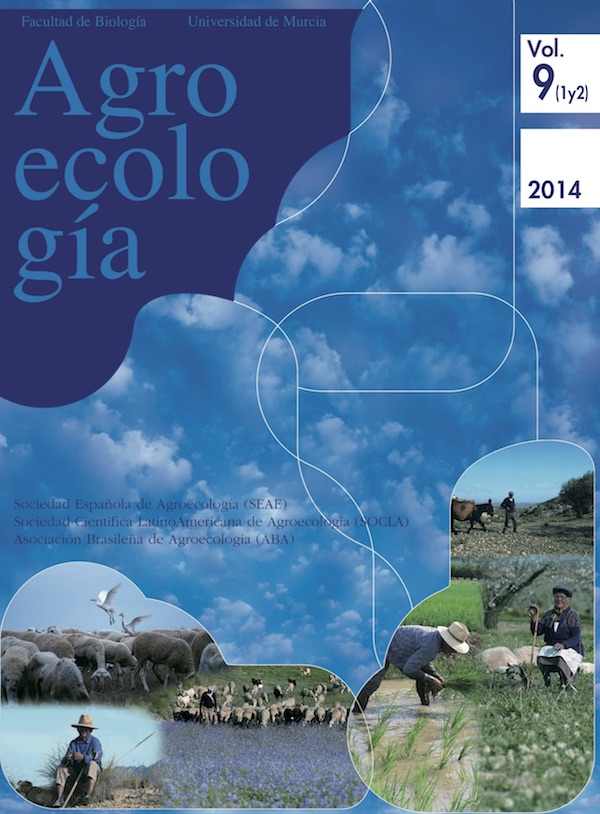Anthocoris nemoralis: a new ally in the conservation biological control of the anthophagous generation of the olive pest Prays oleae
Abstract
Within an agroecological approach, conservation biological control is shown to be the most optimal option for controlling pests. However, it is necessary to know the behaviour of the most effective natural enemies to design appropriate strategies for each crop. In the case of olive, recent research highlights Anthocoris nemoralis as one of the biological control agents that may be more effective in the fight against the anthophagous generation of Prays oleae. The enhancement and conservation of natural vegetation adjacent to the crop can increase their populations, as this insect overwinters in this type of vegetation and then colonize the olive grove where a second generation develops. In the same way, high abundance of the secondary pest Euphyllura olivina may increase the biological control of this predator on P. oleae. The literature reports a great attraction of A. nemoralis to psyllids as E. olivina probably mediated by volatile substances that olive produces. However, neonates of the second generation would only consume eggs of P. oleae due to its small size, thereby reducing the abundance of this pest.
Downloads
Las obras que se publican en esta revista están sujetas a los siguientes términos:
1. El Servicio de Publicaciones de la Universidad de Murcia (la editorial) conserva los derechos patrimoniales (copyright) de las obras publicadas, y favorece y permite la reutilización de las mismas bajo la licencia de uso indicada en el punto 2.
2. Las obras se publican en la edición electrónica de la revista bajo una licencia Creative Commons Reconocimiento-NoComercial-SinObraDerivada 3.0 España (texto legal). Se pueden copiar, usar, difundir, transmitir y exponer públicamente, siempre que: i) se cite la autoría y la fuente original de su publicación (revista, editorial y URL de la obra); ii) no se usen para fines comerciales; iii) se mencione la existencia y especificaciones de esta licencia de uso.
3. Condiciones de auto-archivo. Se permite y se anima a los autores a difundir electrónicamente las versiones pre-print (versión antes de ser evaluada) y/o post-print (versión evaluada y aceptada para su publicación) de sus obras antes de su publicación, ya que favorece su circulación y difusión más temprana y con ello un posible aumento en su citación y alcance entre la comunidad académica. Color RoMEO: verde.





